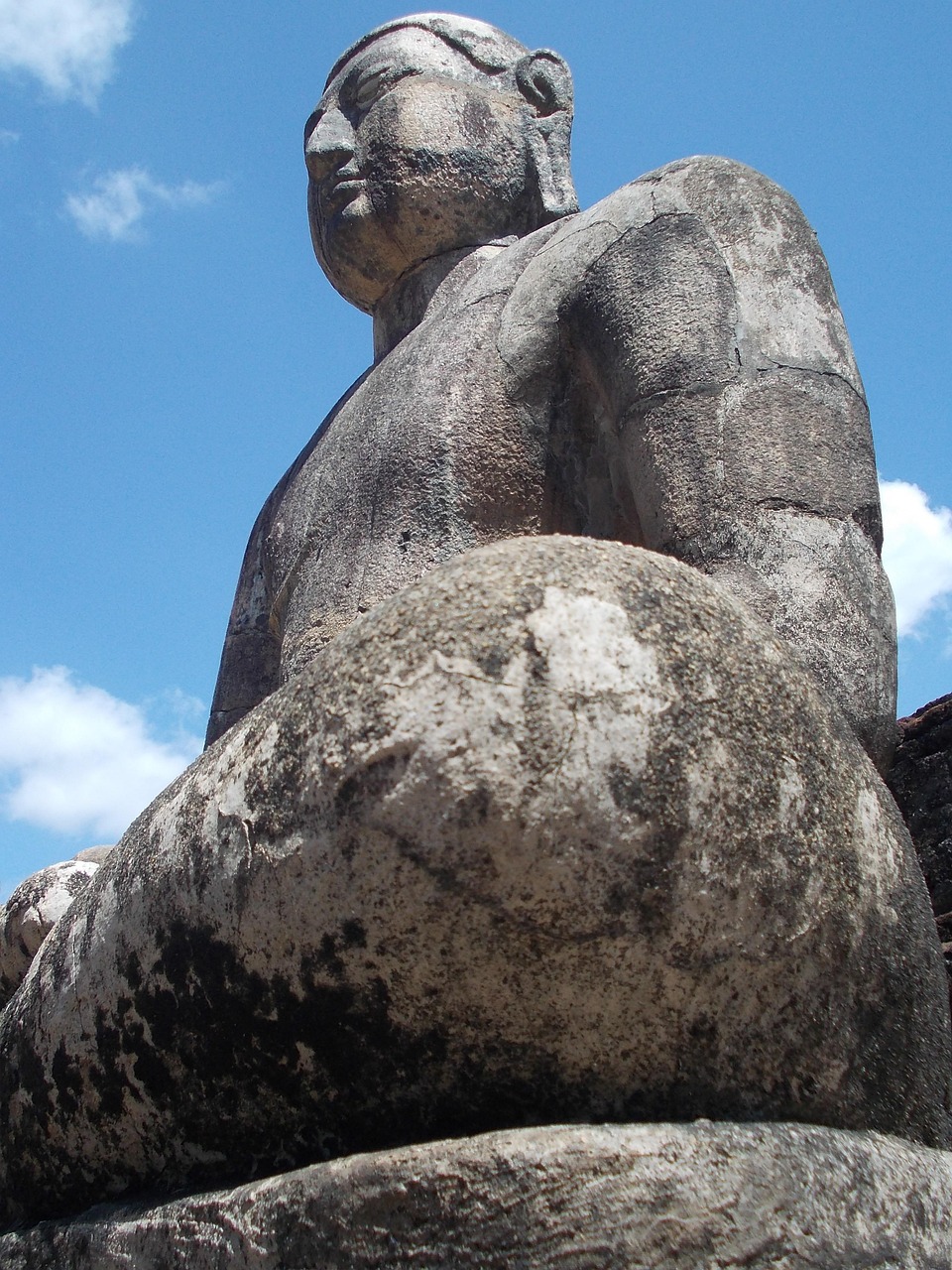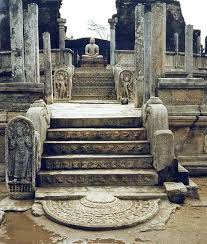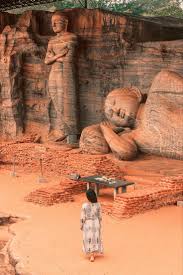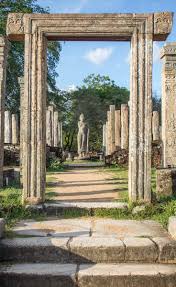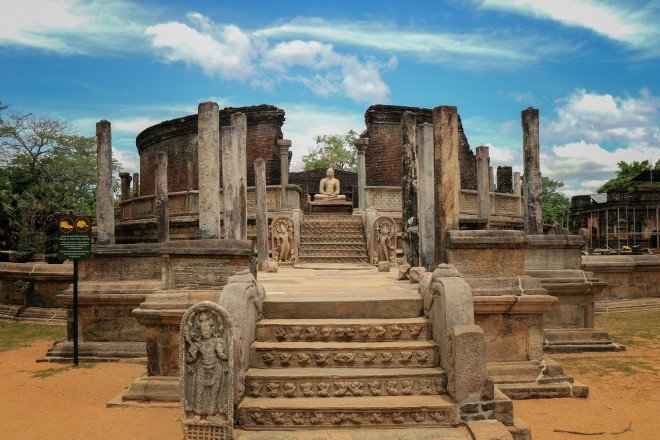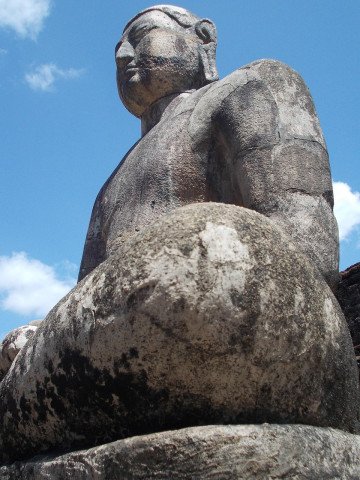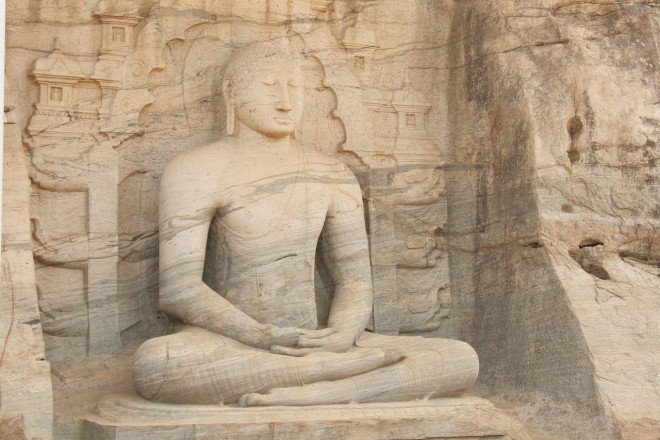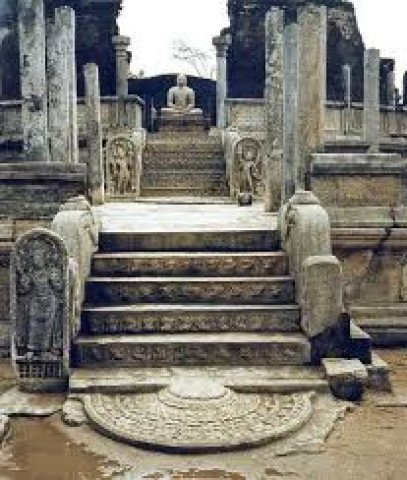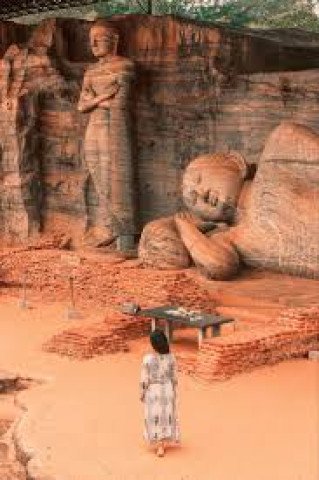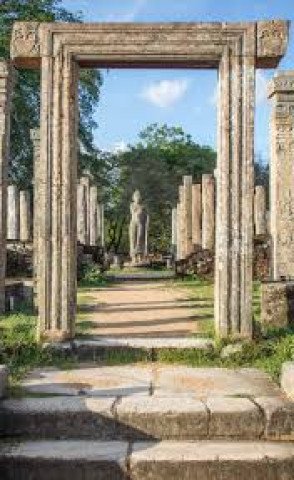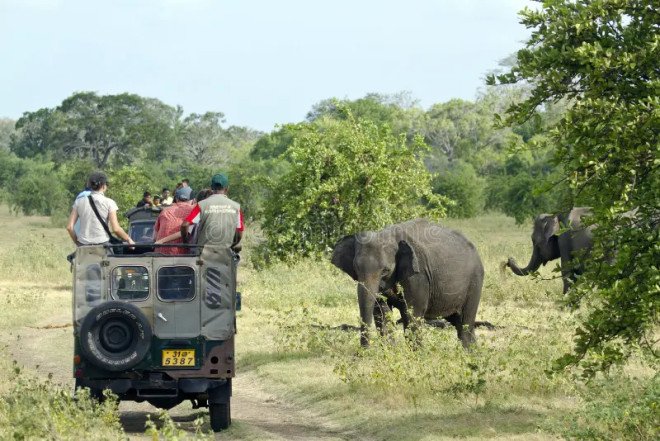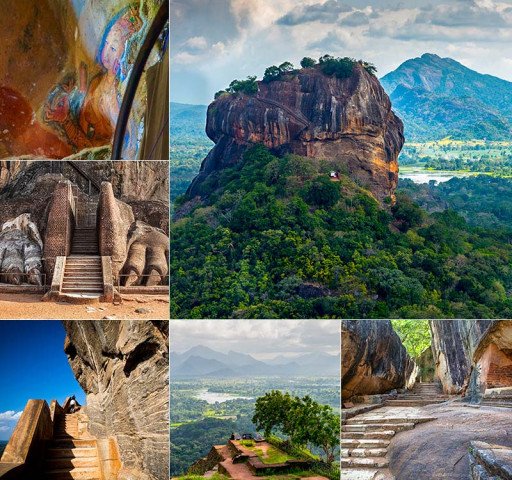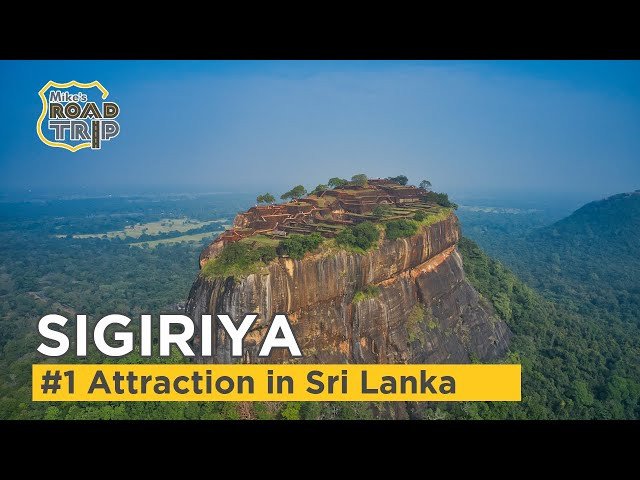Polonnaruwa Temple, Polonnaruwa, North Central Province, 51000
Listing Owner
Listing Description :
Sri Lanka is a land where ancient cities whisper stories of forgotten empires — and Polonnaruwa is one of its greatest treasures. Nestled in the heart of the island’s Cultural Triangle, Polonnaruwa is an UNESCO World Heritage Site and a must-visit for anyone who loves history, architecture, or simply standing in the footsteps of kings. Polonnaruwa was Sri Lanka’s capital for nearly 200 years after the fall of Anuradhapura. Under King Parakramabahu I (12th century), the city blossomed into a sophisticated urban center, with impressive irrigation systems that supported rice cultivation on a massive scale — some of which still function today.
The archaeological site is sprawling but beautifully preserved. You’ll find:
-
The Royal Palace (Vejayanta Prasada) — Once seven stories tall, this enormous structure gives a glimpse of ancient grandeur.
-
Gal Vihara — A stunning collection of giant Buddha statues carved from a single slab of granite, considered masterpieces of Sri Lankan rock carving.
-
The Quadrangle (Dalada Maluwa) — A compact complex filled with some of the most sacred and important monuments.
-
Rankoth Vehera — A massive dagoba (stupa) built in the classic Anuradhapura style.
-
Nissanka Latha Mandapaya — A unique pavilion with beautifully carved stone pillars shaped like lotus stalks.
Top Tips for Visiting Polonnaruwa
-
Rent a bicycle at the entrance — it's the most fun and efficient way to explore the vast site.
-
Start early in the morning to beat the heat (and crowds).
-
Wear respectful clothing (covering shoulders and knees) since the site contains active religious monuments.
-
Hire a guide if you want deeper insights into the history and symbolism.
-
Bring water, sunscreen, and a hat — the open spaces can get very hot.
Common FAQs:
1. Is there any Entrance fee?
Yes, there is an entrance fee. Entry tickets are purchased at the Archaeological Museum.
2. Is Polonnaruwa safe for tourists?
Absolutely. Polonnaruwa is very safe, peaceful, and welcoming to tourists.
3. How long does it take to visit Polonnaruwa properly?
A good visit takes about 4–5 hours for the highlights, or a full day if you want to explore everything at a relaxed pace.
4. Is photography allowed at Polonnaruwa?
Yes, photography is allowed, but drones require special permission from Sri Lankan authorities.
5. Is Polonnaruwa suitable for children?
Yes, it’s very family-friendly. Kids often enjoy biking between the ruins and spotting local wildlife like monkeys and peacocks.
6. Are there food and drink options inside the site?
There are no major cafés inside the ancient city, but there are small stalls near the entrance selling water, snacks, and fresh coconuts.
7. Is there accommodation near Polonnaruwa?
Yes, there are hotels, guesthouses, and eco-lodges in and around Polonnaruwa town, suitable for all budgets.
8. Is it possible to visit Polonnaruwa independently without a tour?
Yes, you can easily explore on your own. Maps are available at the entrance, and most ruins have signs explaining their history.
9. What’s the closest railway station to Polonnaruwa?
The Polonnaruwa Railway Station is located about 5 km from the ancient city, connecting to Colombo and other major cities.
10. Are there any special festivals at Polonnaruwa?
Although Polonnaruwa itself doesn’t host major festivals, nearby towns celebrate Buddhist festivals like Vesak (in May) with colorful decorations.
11. Is there car parking facility?
Yes.


